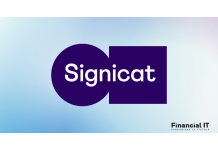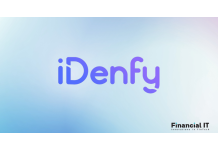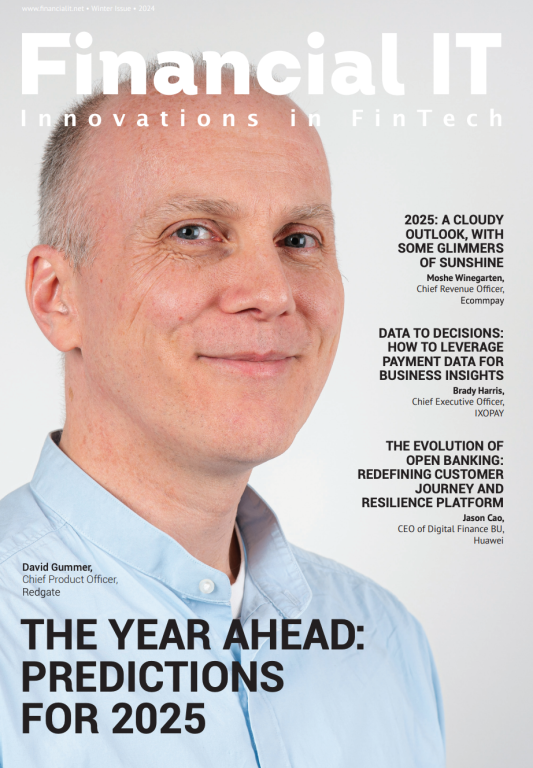KONA I Granted Mastercard Letter of Approval for IDEX...
- 20.02.2025 11:15 am
Youverse Joins the WE BUILD Project to Advance the EU...
- 10.02.2025 02:25 pm
ELAN Achieves FIDO Biometric Component Certification...
- 23.01.2025 10:45 am
iCapital® To Acquire Parallel Markets To Streamline...
- 17.01.2025 10:35 am
Experian’s 2024 Global Identity & Fraud Report...
- 16.12.2024 09:30 am
LexisNexis Risk Solutions Announces Definitive...
- 10.12.2024 10:05 am
Signicat Strengthens Its Presence in APAC Through...
- 26.11.2024 03:15 pm
Youverse and Dock Partner to Bring Secure and Private...
- 26.11.2024 01:30 pm
IDEX Biometrics Brings Biometric Smart Cards To Market...
- 20.11.2024 09:25 am
Collabria Partners With Trulioo To Power Cardholder...
- 20.11.2024 08:45 am
iDenfy Revolutionizes Business Verification With a New...
- 12.11.2024 04:45 pm
iProov and Biometrid Partner to Deliver Secure and...
- 05.11.2024 09:15 am






















